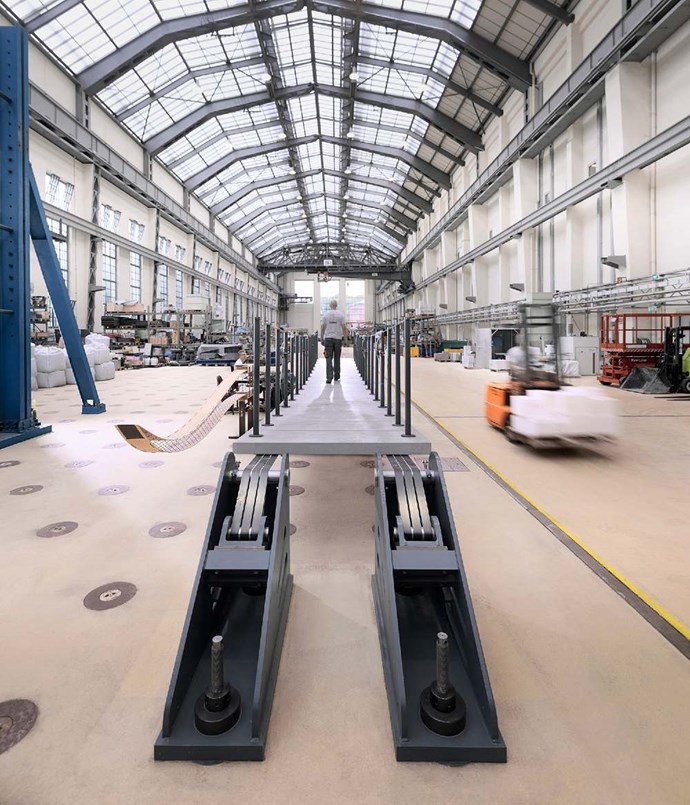Bridge lab safety gaps
With around 150,000 bridges to look after, Germany relies on rigorous inspections and testing. How Kiwa's bridge inspectors help to keep bridges and people safe.
With around 150,000 bridges to look after, Germany relies on rigorous inspections and testing to keep people safe. On-site and laboratory tests can identify damage early on, helping authorities maintain the quality of their bridges.
In august 2004, a truck carrying 32,000 liters of fuel collided with a car on the Wiehl Valley Bridge in Germany and caught fire, killing the driver. At a cost of € 30 million, it was Germany’s most expensive traffic accident ever; the bridge was only fully reopened three years later. But how did they know it was safe after such devastating damage?
Europe has some of the world’s most well-known and beautifully designed bridges; the Rialto Bridge in Venice, Tower Bridge in London and Charles Bridge in Prague attract millions of visitors to the cities. But protecting, maintaining and repairing them can be an expensive business.
Bridges connect – not only point A to point B, but also people and culturesThomas Grass, auditor at Kiwa
To ensure their functionality and safety for traffic and pedestrians, bridges must undergo regular inspections, testing and monitoring. For around 150,000 bridges in Germany, this means certification according to the bridge inspection standard DIN 1076: Engineering structures in connection of roads and paths; Monitoring and testing.
“Bridges connect – not only point A to point B, but also people and cultures,” said Thomas Grass, auditor at Kiwa Germany, who inspects bridges. “Modern bridges are the result of creative work of planning engineers and they are a natural part of modern infrastructure, making them crucial for economic development.”
Catch the damage early and it’s much cheaper to repair and maintain the bridge, making the standard DIN 1076 increasingly important. Construction authorities order the inspection and certification of bridges more than two meters wide at least every three years. Auditors like Thomas Grass at Kiwa Germany inspect the bridges on-site and also test components in Kiwa Germany’s 15 specially designed laboratories. One of these, the impressive bridge configuration site in Berlin, has state-of-the-art equipment to carry out a variety of bridge inspections.

What do they test?
Kiwa auditors inspect bridges on behalf of construction authorities. On site they use equipment like inspection booms to spot damage early on. “We zoom in on the material, checking whether concrete is peeling or railings are corroding,” said Grass. “Sometimes it’s too hazardous to inspect on-site, so we take samples.” Specially designed laboratories enable the analysts to use modern testing techniques. They then report all damage observed and provide a statement on the durability, permanence and traffic safety of the bridge. “Construction authorities take our reports and prioritize the most urgent repairs first.”
- Major components, including the road surface, pavements, sidewalk railings, bridge bearings and embankments.
- All features and angles, including drainage systems and the superstructure from below.
- Damage such as cracks in concrete, concrete spalling, exposed rebar corrosion on metal, washouts in the embankment and settlements in the abutment.
- Static proof and vibration measurements can be commissioned as special tests.
- Chemical composition, such as chloride in the material, which comes from de-icing salt.
- Physical characteristics, such as the compressive strength of the concrete.



